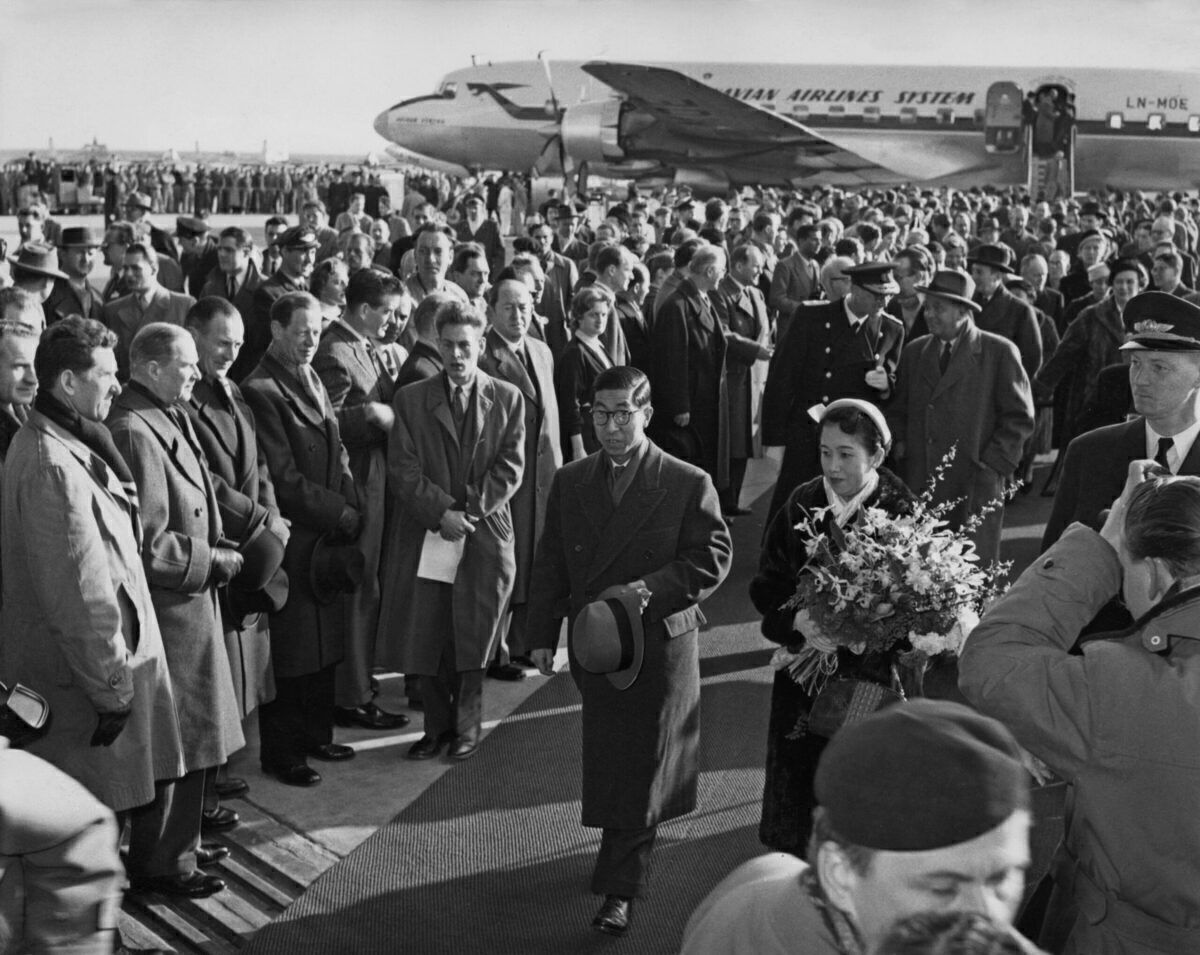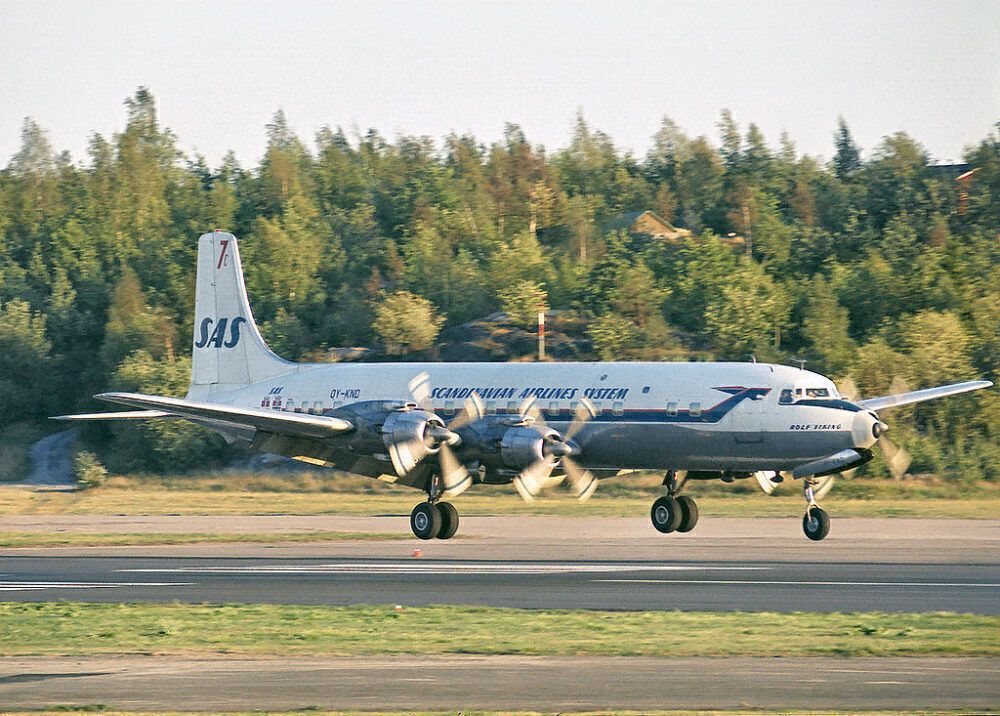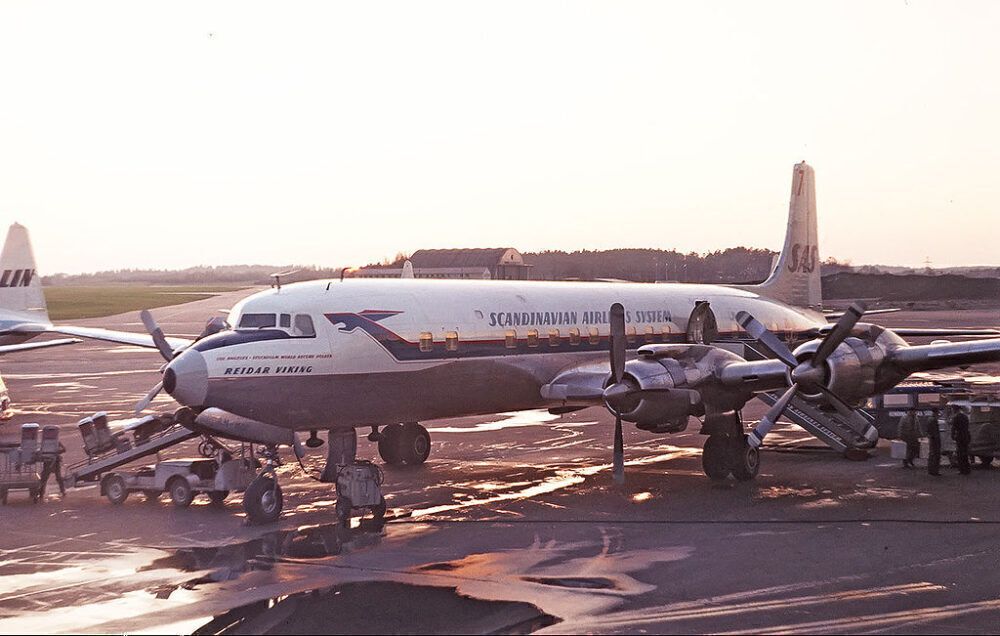In the early days of aviation, circumnavigating the globe was the mission of several of the most notable aviators of the time. However, SAS was one of the first actual airlines to offer service "around the world." Let’s take a look at this historic offering.
Finding the right tools
Previously, arctic exploration was tough as aviators usually used the sun, moon, and stars to help navigate, which was a struggle in the region. Compass navigation would also be a challenge at the poles as compasses would often point in the wrong direction. Therefore, SAS worked on new systems during the 1940s. Innovations such as the gyrocompass, Greenwich Grid system, and the solar compass would all prove to be vital in enhancing polar exploration.
As the 1950s got into full swing, the Scandinavian carrier was making significant expansions. It took delivery of its first Douglas DC-6B in 1952. Then, with its new equipment, the airline performed an exploratory flight over the North Pole at the end of that year. This journey saw the crew start off in Los Angeles, California, while stopping at Edmonton, Canada, and Thule, Greenland, on the way to Copenhagen, Denmark.
As a result of this trip, this DC-6B became the first commercial plane to fly over the polar region. Therefore, SAS was confident in advancing on routes over this area and began ramping up its international service.
Stay informed: Sign up for our daily and weekly aviation news digests.
Ready for the mission
SAS soon upgraded to the next edition in Douglas' series. The DC-7 was the last of the Douglas propeller-powered planes and was the first passenger aircraft to have the capability to fly nonstop westbound across the US against the considerably strong winds. So, it’s not a surprise that SAS was a fan of the DC-7C variant.
Boeing highlights the following about the aircraft:
“The extended-range DC-7C, or the ”Seven Seas,” lived up to its name because it could fly 110 passengers anywhere in the world. Douglas built 338 DC-7s and delivered the last in 1958.”
Therefore, registration LN-MOD, nicknamed the Guttorm Viking, was the perfect aircraft to take service to the next level.
On February 24th, 1957, SAS launched regularly scheduled service from Copenhagen to Tokyo via the North Pole. The aircraft would also stop at Anchorage on the way.
Importantly, according to AeroTime Hub, by going through the polar region, 2,000 miles (3,219 kilometers) were cut. Subsequently, the duration of the flight was only 32 hours compared with 50. The first flight returned on February 28th after being away for just over 71 hours.
Another DC-7C, LN-MOE, also took off on February 24th, but from Tokyo. It was heading to Copenhagen, and it met up with its sibling over the North Pole later that night.
Groundbreaking achievements
Altogether, this pioneering service emphasizes the vision of SAS to connect residents of the regions it serves across the globe. Today, the airline still has a stronghold in the area and is one of the largest carriers in the world.
SAS summarises its goal to serve Scandinavia with the following:
“Aviation is a vital part of Scandinavian infrastructure. We maintain the highest frequency of departures to and from Scandinavia and connect smaller regional airports with larger hubs. As part of Star Alliance, we fly our customers to 1300 destinations worldwide.”
Today, most flights that connect Asia to North America, and several between Europe and America, cross the Arctic region. If it wasn’t for SAS’ pioneering spirit, then progress in this field may have been far slower.
What are your thoughts about SAS achievements over the Arctic? Have you flown on any routes over this region? Let us know what you think in the comment section.



